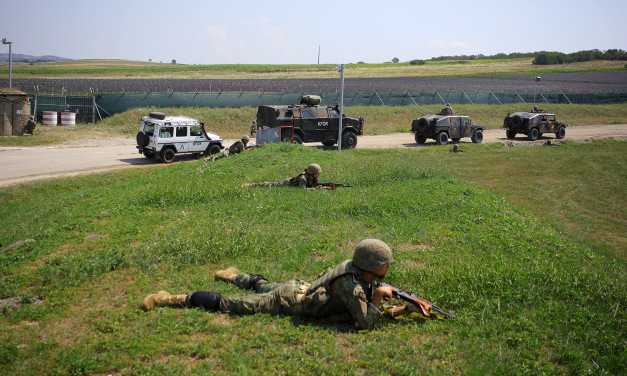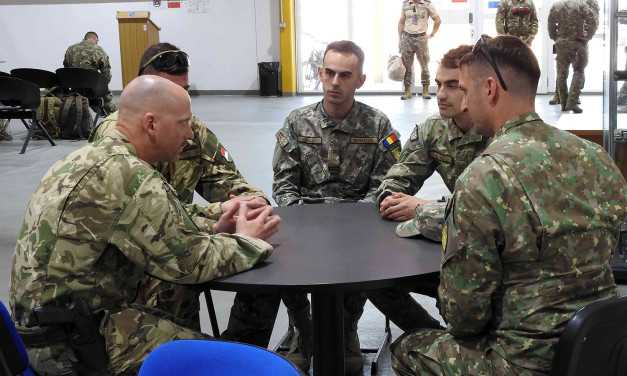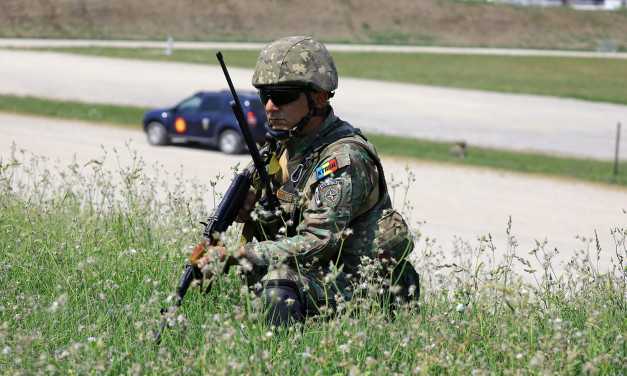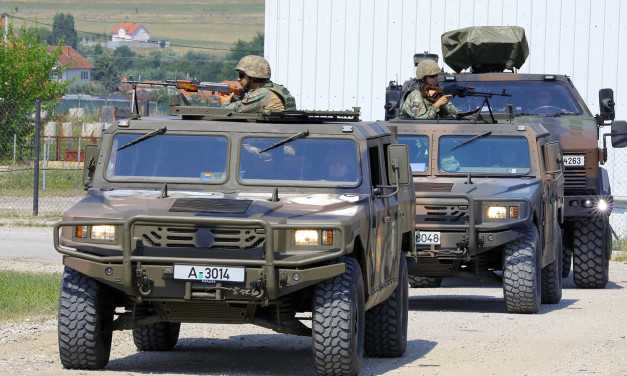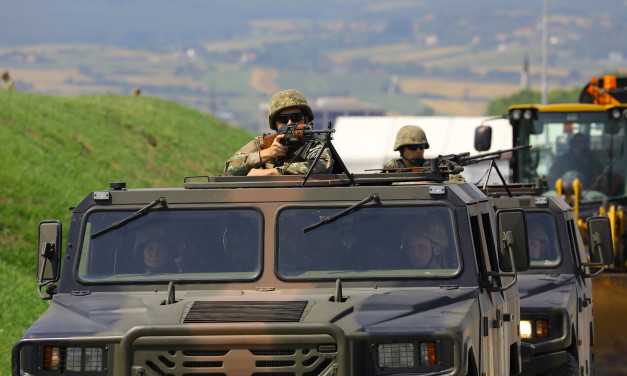KFOR: On the road of new challenges and development
Text: Warrant Officer Krisztina Végh | Photo: Private First Class P. T., Private (PV2) M. M. and the author | 11:55 July 29, 2024We have reached a new and important chapter in the history of the KFOR Tactical Reserve Battalion (KTRBN): starting from this September – after 2017 again –, the KTRBN will be placed on a multinational basis, being augmented with a Romanian maneuver company.
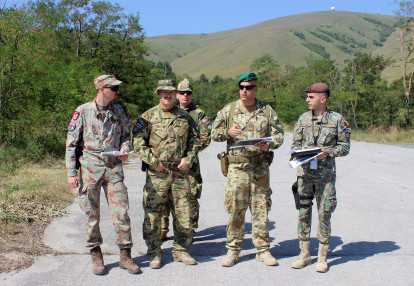
The legal predecessor of the KFOR Tactical Reserve Battalion (KTRBN), the KFOR Tactical Maneuver Battalion (KTM) was disbanded in 2017 with the withdrawal of the Portuguese contingent, thus the unit has been operating since then as a uninational battalion. Starting from this September, however, it will continue performing its duties with a Romanian maneuver company integrated into it.
The transformation not only has brought organizational changes but also significant mental and training shifts. The Romanian land forces have been integrated into the operational and training system of the battalion, which requires close cooperation. The operations and training (G3) department of the contingent is assigned a lion’s share in this work, because the Romanian maneuver company has not yet served in this area of operations. The G3 has planned the newcomer training sessions to generate cohesion, in some cases by coordinating them up to the level of the KFOR Headquarters, in the interest of implementing the training program at the highest possible level.
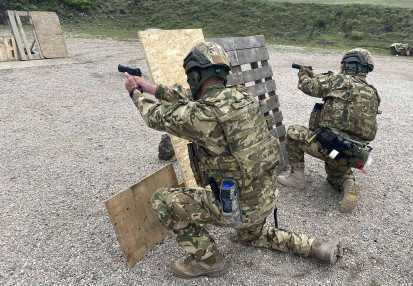
In accordance with its framework tasks, the battalion participates in numerous exercises, including the Full Mission Capability (FMC) Exercise, which is to be organized to complete the integration of the Romanian company and certify full mission capability. It will involve more than 500 soldiers and policemen, as well as more than 100 combat vehicles and items of military equipment. Thus, this exercise will go down in history, since the troops will be deployed at two venues concurrently, which not only presents the officers scheduling and conducting the exercise with serious challenges, but also provides a highly realistic scenario for the commanders and the staff so that they can test themselves.
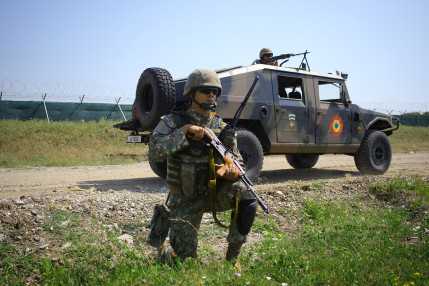
In the interest of skills development, the soldiers have the opportunity to conduct fighting in built-up areas (FIBUA) training in a recently opened building complex, and several officers and NCOs serving in the area of operations will also contribute to improving their skills and knowledge by having their lessons learned incorporated into the system of training in subfields such as EOD, engineer and reconnaissance specialties. Considering that proficiency in English has become a fundamental requirement both in social contact and operational planning, the personnel’s foreign language training and preparation will continue in the area of operations as well. The operations and training (G3) department has close ties to the other multinational units of KFOR, thus the KTRBN regularly conducts joint exercises and (live fire) training events on a monthly basis.
The battalion is more than a mere military unit: it is a cohesive community that is developing and strengthening through changes and challenges. The cooperation and the complex exercises ensure that every member of the battalion is ready for the execution of peacekeeping tasks.
